Jaguar XJ Saloon (2003-2009) engines, drive and performance
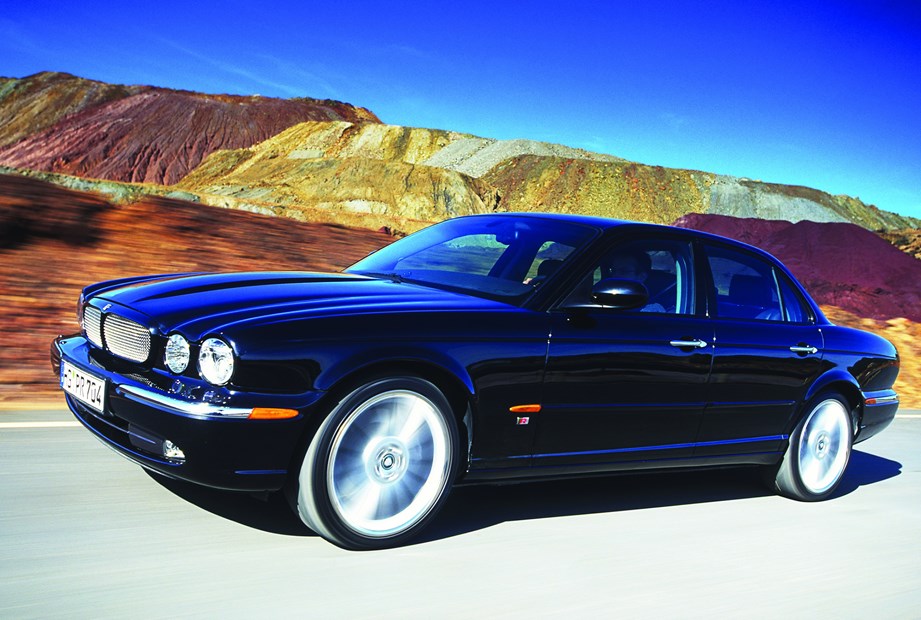
The introduction of a diesel XJ in 2005 was a long time coming for Jaguar and allowed it to finally compete with diesel versions of luxury saloons from BMW and Mercedes. The compact V6 engine, with twin turbos, is one of the best around – it develops 204bhp and will propel the XJ from 0-62mph less than eight seconds – impressively quick for such a large car.
The 240bhp 3.0-litre petrol XJ6 is also lively and perhaps a more satisfying car to drive than the V8 versions. It will sprint from 0-60mph as quickly as the diesel, and the smooth unit is a pleasure to drive. The 260bhp 3.5-litre V8 was available from launch in 2003 but was later dropped. The 300bhp 4.2-litre V8 feels a good deal quicker than the six-cylinder models, but delivers its power in a more progressive way than the diesel’s early surge.
All models use a smooth six-speed automatic gearbox channelling power via the rear wheels.
The XJ uses all sorts of sophisticated electronics to help keep you safe on the road – including a system called CATS (Computer Active Technology Suspension) which automatically adjusts damper and suspension settings according to the road conditions. The sporty little steering wheel makes it an engaging drive, which is a surprise considering the considerable proportions of the car, but the use of lightweight aluminium helps contribute to agility.
The Jaguar XJ never seems as big as it looks, always feeling nimble when hustled along twisty sections of road.


.jpg)
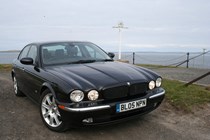
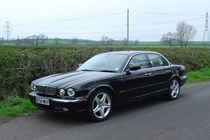
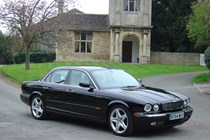
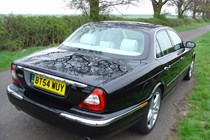
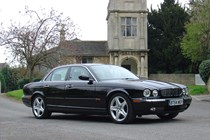
.jpg)
.jpg)

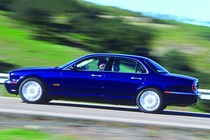
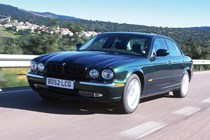
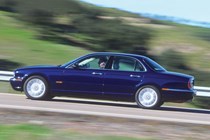
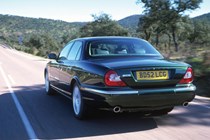
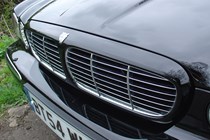
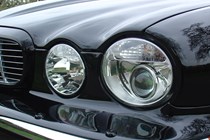
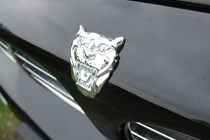
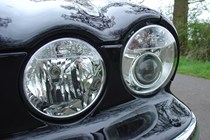
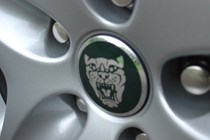
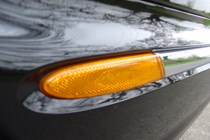
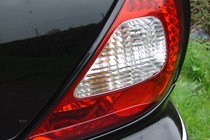
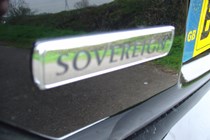
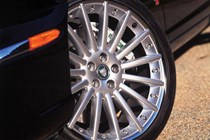
.jpg)
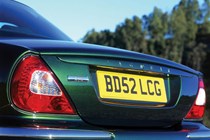
.jpg)
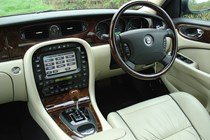
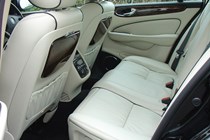
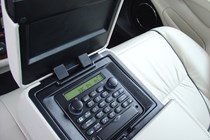
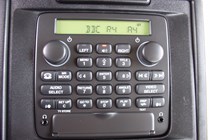
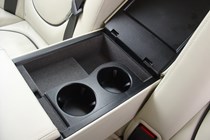
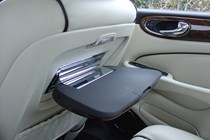
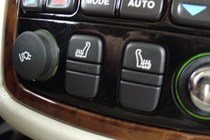
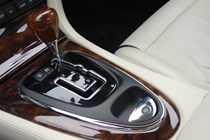
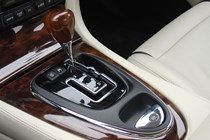
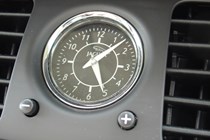
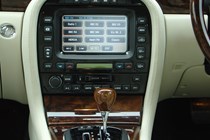
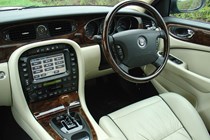
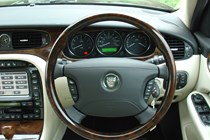
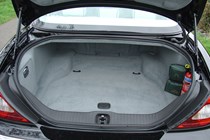
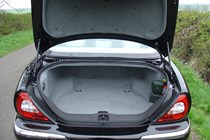
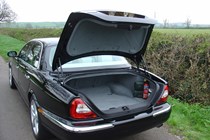
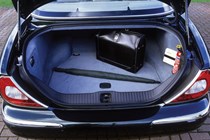
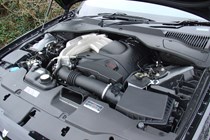
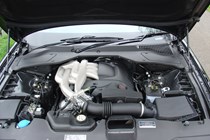
.jpg?quality=50)





.jpg?quality=50)
.jpg?quality=50)














.jpg?quality=50)

.jpg?quality=50)


















